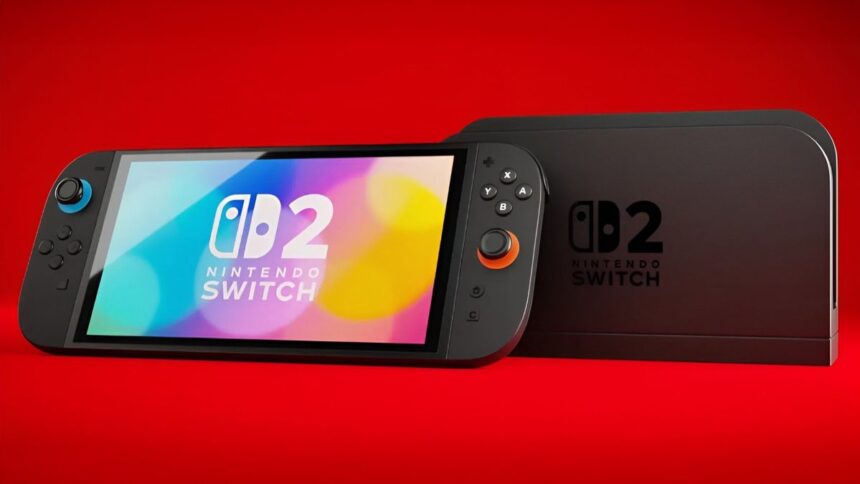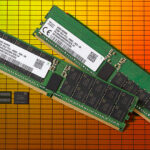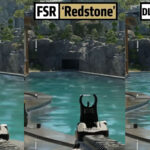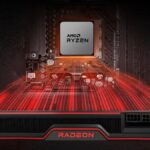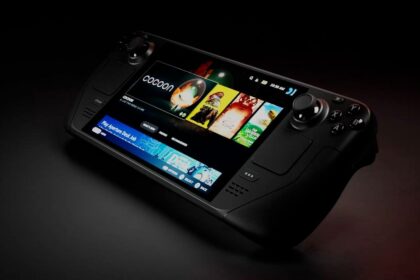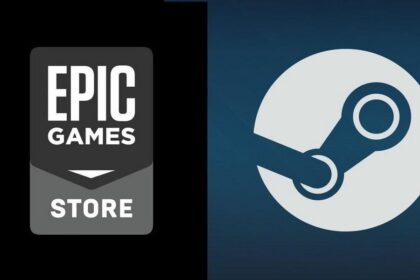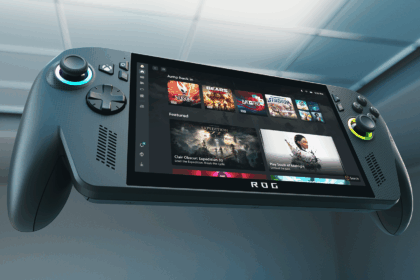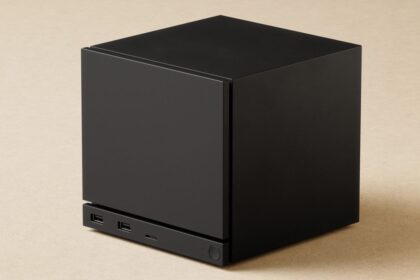Nintendo quietly updated its official website on Wednesday, the 14th, to publish the full technical breakdown of the Switch 2—no fanfare needed. This move came shortly after Digital Foundry leaked the console’s hardware specs, putting an end to months of speculation and sketchy rumors. The standout feature is the new Nvidia graphics chip, built on the Ampere design found in the RTX 30 series, which brings ray tracing and DLSS support to Nintendo’s handheld hybrid for the first time.
Until now, enthusiasts only had unofficial leaks to go on. Here’s what’s been confirmed: the Ampere GPU packs 1,536 CUDA cores, runs at 561 MHz when you’re playing in handheld mode, and jumps to 1,007 MHz once docked. Developers can push it even further—up to 1,400 MHz—when they need that extra headroom.
In pure number-crunching terms, the Switch 2 delivers about 1.71 TFLOPs on the go, and 3.07 TFLOPs in docked mode. By contrast, a laptop RTX 2050 can hit roughly 5.1 TFLOPs, though raw TFLOPs don’t tell the whole story, since architectural tweaks, memory bandwidth, and power limits all affect real-world gaming performance.
To get a feel for how the Switch 2 will actually play, Digital Foundry dialed an RTX 2050 down to a 750 MHz clock speed and ran Control at 1080p, medium ray tracing, with DLSS set to “balanced.” The result? A solid 30 frames per second, which bodes well for Nintendo’s new system striking a sweet spot between portable convenience and next-gen visual tricks.
Other Switch 2 specifications
Under the hood, the Switch 2 packs an octa-core ARM CPU built on the Cortex-A78C design. Four of those cores (plus four more) run between just under 1 GHz and 1.1 GHz in everyday use, with the ability to turbo up to 1.7 GHz when extra speed is needed. It fully supports ARMv8’s 64-bit instruction set and includes dedicated security and encryption extensions.
On the memory side, each core has its own 64 KB L1 and 256 KB L2 cache, while all eight share a 4 MB L3 cache. To keep the system running smoothly, Nintendo reserves two of those cores for background tasks, leaving six fully focused on running your games.
| Switch specifications 2 vs. Switch | ||
| Console | Switch 2: Nvidia T239 | Switch 1: nvidia tegra x1 |
| CPU | 8x Arm Cortex A78C | 4x ARM Cortex A57 |
| CPU clocks | 998 MHz (dock), 1101 MHz (portable), max. 1.7 GHz | 1020 MHz (dock/laptop), max. 1,785 MHz |
| CPU division | 2 Nuclei for the System 6 Nuclei for Games |
1 Nucleus for the System 3 Nuclei for Games |
| GPU/Nuclei | 1,536 AMPERRE CENALES | 256 Maxwell Nuclei |
| GPU clocks | 1007 MHz (dock), 561 MHz (portable), max. 1.4 GHz | 768 MHz (dock), up to 460 MHz (portable), max. 921 MHz |
| Memory | 12 GB LPDDR5x/128-bit | 4 GB LPDDR4/64-bit |
| Division of Memory | 3 GB for the system 9 GB for games |
800 MB for the system 3.2 GB for games |
The Switch 2 comes with 12 GB of LPDDR5X RAM, split into two 6 GB modules. These chips run between 2,133 MHz and 3,200 MHz, offering up to 68 GB/s of bandwidth in handheld mode and 102 GB/s when docked. Nintendo sets aside 3 GB for its system processes, leaving 9 GB free for games to use.
Mark your calendars: the new Switch lands on June 5th. Once it’s in your hands, we’ll finally see whether this hybrid can outpace its predecessors—and even rival the graphical feats of the PS4 and Xbox One.

